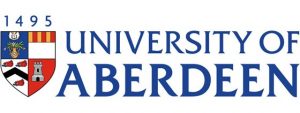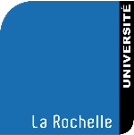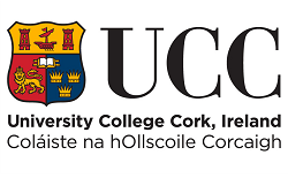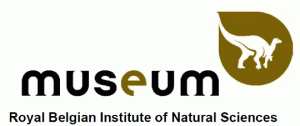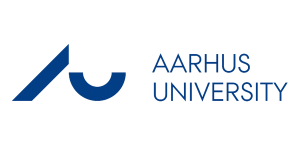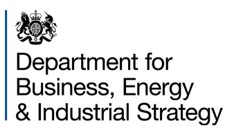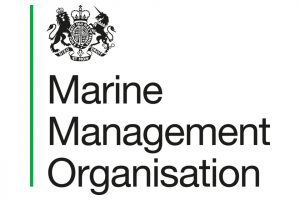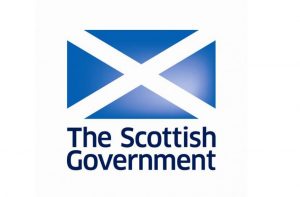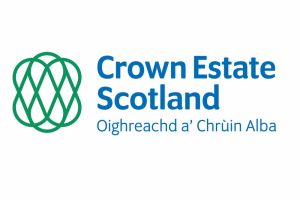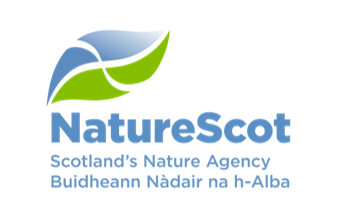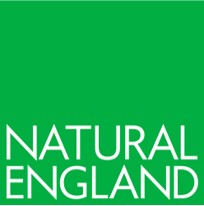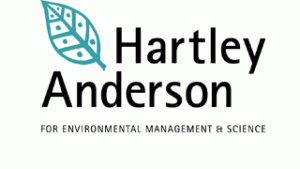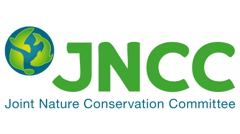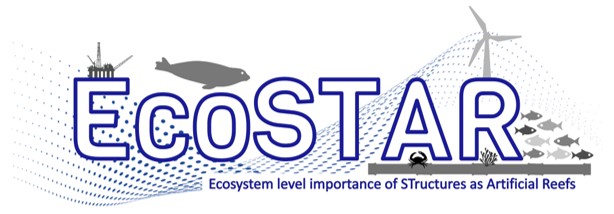
EcoSTAR (Ecosystem level importance of STructures as Artificial Reefs) is a partnership between SMRU and the Centre for Environment, Fisheries and Aquaculture Research (Cefas) with collaborators across Europe. EcoSTAR investigates the impact of man-made structures (including oil and gas platforms, pipelines, and marine renewable energy installations) on marine ecosystems in the North Sea.
EcoSTAR is one of seven projects funded by the Natural Environment Research Council (NERC) and the Department for the Environment, Food and Rural Affairs (DEFRA) under Phase II of the INSITE programme (INfluence of man-made Structures In The Ecosystem).
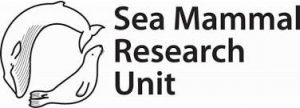 |
 |
 |
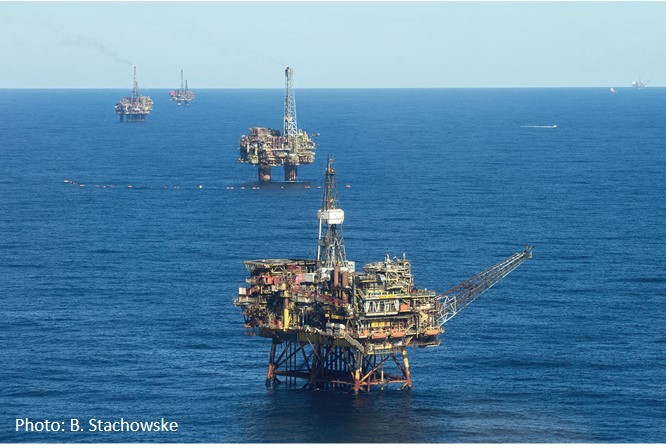
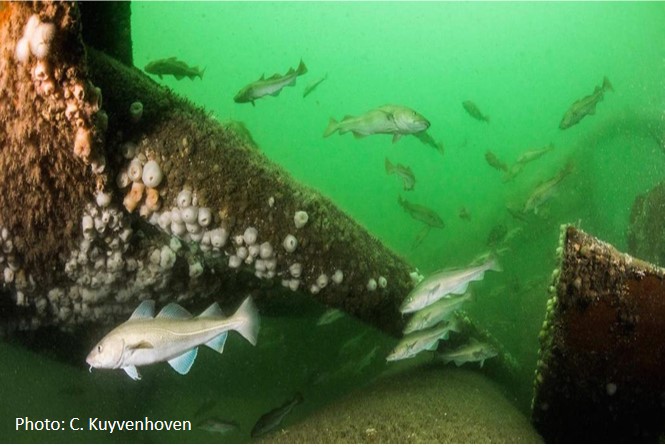
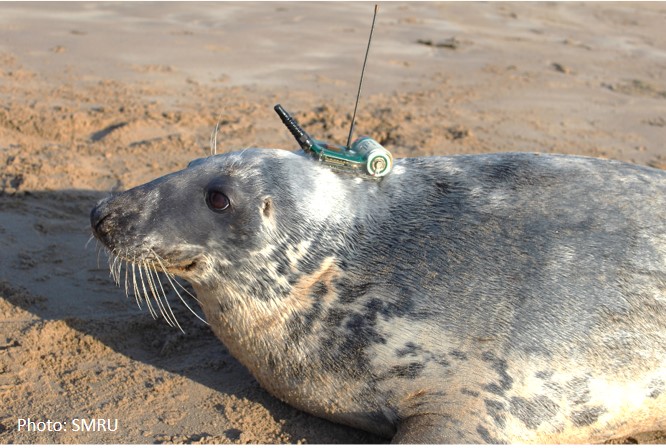
Project Background
|
The North Sea is one of the most industrialised marine environments on the planet, with thousands of man-made structures (MMS) including oil and gas platforms, pipelines, subsea cable routes, and marine renewable energy installations. Much of the infrastructure relating to the oil and gas industry is coming to the end of its economic life, while the marine renewable energy industry is expanding rapidly. Current legislation requires that (with some exceptions) MMS in the North Sea should be removed from the marine environment after their operational lifespan is complete. Decommissioning of the UK oil and gas sector will cost around £50 billion, with almost half of the financial burden falling on the taxpayer. These forthcoming changes in the North Sea landscape may have a significant impact on marine life. There is mounting evidence that the effects of MMS on the local marine environment are complex, and depend on the age, type, and operational status of the MMS. Once installed, MMS can host artificial reefs supporting diverse communities of marine life. The exclusion of shipping and fishing in the vicinity of many MMS may also provide refuges for fish and predators such as sharks, seals or porpoises (de facto Marine Protected Areas). However, the true extent of the effects of MMS on the ecosystem are unclear. To ensure effective decision-making about removal and installation of such structures in the future, there is an urgent need to better understand the impact of MMS on the North Sea ecosystem. |
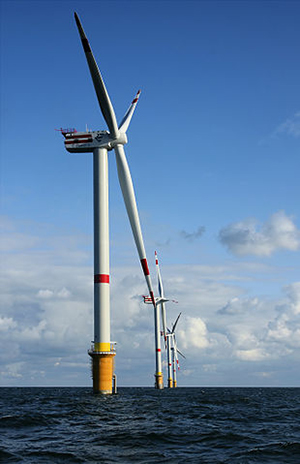 The landscape of man-made structures in the North Sea is undergoing rapid change. Yet the implications of these changes for the ecosystem remain unknown. The landscape of man-made structures in the North Sea is undergoing rapid change. Yet the implications of these changes for the ecosystem remain unknown. |
|
The below video from Russell et al. (2014) shows the track of a harbour seal tagged with a GPS device repeatedly foraging at a windfarm in the North Sea. |
Project Aims
For further detail on EcoSTAR objectives and associated work packages, click here.
|
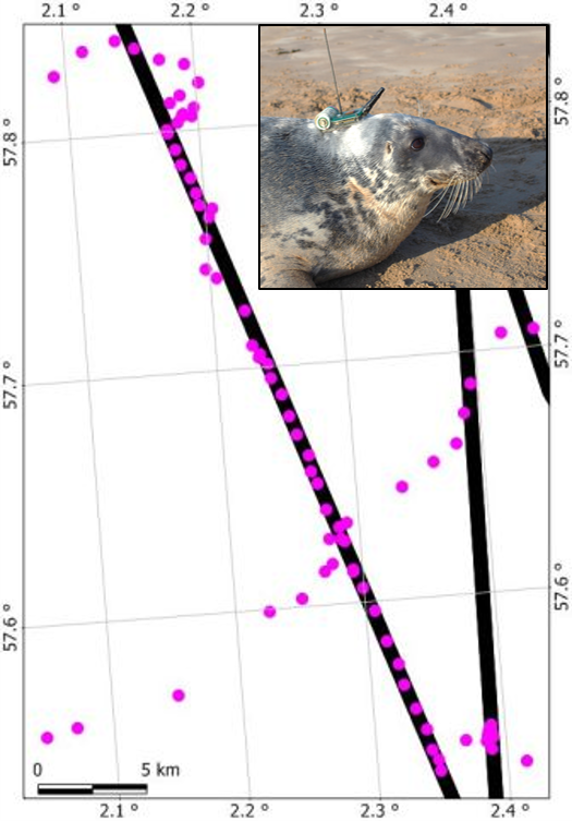 Track (pink dots) of a tagged grey seal, following a gas pipeline (black line) in the North Sea Track (pink dots) of a tagged grey seal, following a gas pipeline (black line) in the North Sea |
Meet the Team
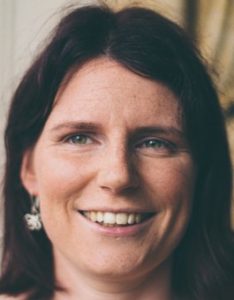 |
Debbie Russell – Principal Investigator Debbie is a Principal Research Fellow at SMRU and the Centre for Research into Ecological and Environmental Modelling (CREEM) at the University of St Andrews. Her research interests include various aspects of marine vertebrate ecology and conservation, including foraging ecology, species interactions, and the effects of anthropogenic habitat modification and climate change. Debbie’s previous work has demonstrated that seals use man-made structures for foraging, as well as examining the impact of wind farm construction on seal distribution and behaviour. She was PI on the MAPS project under INSITE Phase I. E-mail: dr60@st-andrews.ac.uk | Twitter: @DjfRussell | Google Scholar: Debbie JF Russell |
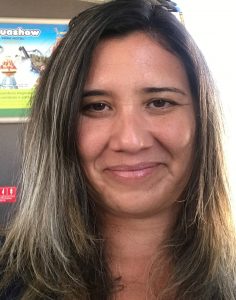 |
Silvana Birchenough – Co-Investigator Silvana is a principal ecologist, researcher and advisor on issues related to ecology and human activities at Cefas. She works on the impacts of multiple stressors (e.g. vibration and sound, temperature, pH changes and metals) on commercial species. Her work aims to use in situ observations (i.e. Sediment Profile Imagery) to study benthic functions following disturbance. She has also studied cumulative effects from offshore windfarms. She was Co-PI on the UNDINE project during INSITE Phase I, which revealed changes in benthic functions from man-made structures. She hosted a special issue in ICES Journal of Marine Science: Decommissioning of offshore man-made structures. E-mail: silvana.birchenough@cefas.co.uk | Twitter: @Birchenough_S | Google Scholar: Silvana Birchenough |
 |
Matt Carter – Co-Investigator Matt is a research fellow at SMRU. His research seeks to understand how environmental and anthropogenic factors shape the distribution and behaviour of marine vertebrate predators. His previous work has used animal-borne tracking and aerial survey data to map the at-sea distribution of grey and harbour seals from haulout sites in the UK and Ireland, providing density surfaces for use in marine spatial planning. Matt’s role on EcoSTAR is to investigate the impact of man-made structures on the distribution and behaviour of seals using satellite tracking data and ecological modelling techniques. E-mail: midc@st-andrews.ac.uk | Twitter: @MattIDCarter | Google Scholar: Matt ID Carter |
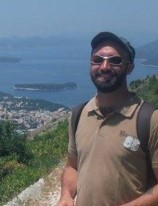 |
Clement Garcia – Co-Investigator Clement is a benthic ecologist at Cefas with a primary interest in functional ecology. His research focuses on understanding the structural and functional role of the seabed and resident biota and its link to wider ecosystem processes and functioning. Clement has expertise in ecological modelling to investigate anthropogenic and natural pressures on benthic biological traits, and the wider trophic network. He was Co-PI on the UNDINE and COSM projects during INSITE Phase I, and led the analysis of benthic functional change through trait-based analysis, bringing benthic elements to the Ecopath model. E-mail: clement.garcia@cefas.co.uk | Twitter: @Clem2012Garcia | Google Scholar: Clement Garcia |
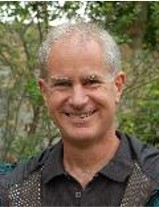 |
Philip Hammond – Co-Investigator Philip is a professor of marine ecology at the University of St Andrews. His primary interest is in population dynamics and ecology, in particular the applied aspects of how seals and cetaceans interact with humans. His research includes the habitat use, foraging ecology and diet of marine mammals. He initiated and coordinated the multi-national SCANS cetacean surveys to estimate abundance and model distribution of cetaceans in the European Atlantic in 1994, 2005 and 2016, which have been a primary source of information for EU Member States to report under the Habitats Directive and Marine Strategy Framework Directive. Philip was Co-I on the MAPS project under INSITE Phase I. E-mail: psh2@st-andrews.ac.uk | Google Scholar: Philip Steven Hammond |
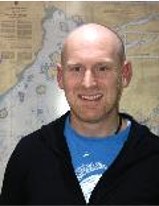 |
Gordon Hastie – Co-Investigator Gordon is a Senior Research Fellow at SMRU. He studies how marine mammals adjust their behaviour in response to changes in their environments. This includes natural environmental changes and responses to man-made perturbations. As we see the increasing urbanisation of marine environments, he is interested in how marine mammals perceive and respond to novel man-made sources in the ocean; in particular, he looks to understand how marine mammals perceive and respond to marine renewable devices. E-mail: gdh10@st-andrews.ac.uk | Twitter: @gordon_hastie | Google Scholar: Gordon Hastie |
 |
Christopher Lynam – Co-Investigator Christopher is a biodiversity and food web advisor and ecosystem scientist at Cefas. His research interests involve the application of modelling and statistics to solve problems in a wide range of fields including marine ecology, climate change and fisheries management. Christopher developed modelling techniques to evaluate management plans and climate effects and investigate top-down vs bottom-up control in the North Sea food web. He was Co-PI on the COSM project during INSITE Phase I and led the development of a spatial food web model for the North Sea. E-mail: chris.lynam@cefas.co.uk | Google Scholar: Christopher Lynam |
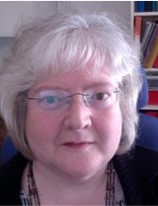 |
Sophie Smout – Co-Investigator Sophie is a lecturer at the University of St Andrews, based at SMRU and CREEM. Her research interests are in the processes that drive changes in animal populations, especially in marine ecosystems, and how to mitigate conflict between predators and humans. Sophie works on the foraging behaviour and trophic ecology of marine top predators, and their interactions with fisheries. She uses a range of statistical techniques to model trophic interactions, and the distribution of predators and their prey. She has been involved in previous work integrating predators into ecosystem models. E-mail: scs10@st-andrews.ac.uk | Twitter: @sophie_smout | Google Scholar: Sophie Smout |
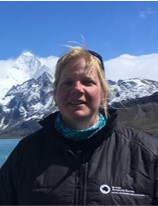 |
Claire Lacey – Postdoctoral Researcher Claire is a postdoctoral researcher at SMRU and MMRP Hawaii. Her work focusses on investigating the distribution and abundance of different cetacean species. Previous work includes coordinating the SCANS-III surveys, and her PhD work focusses on use of the data collected during this and other surveys to look at the large scale distribution of cetaceans in the North Atlantic. Claire has also worked on a variety of consultancy projects, looking at the impacts of anthropogenic activities on marine mammals around the UK, as well as internationally. Her role on EcoSTAR is to investigate if man-made structures influence cetacean distribution using aerial survey data and ecological modelling. E-mail: cl20@st-andrews.ac.uk | Twitter: @_clacey | Google Scholar: Claire Lacey |
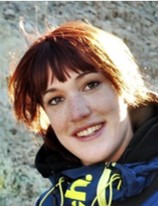 |
Janneke Ransijn – Postdoctoral Researcher Janneke is currently a PhD student at SMRU. Her research interests are in understanding how species abundance and distribution patterns are influenced by predator-prey dynamics, trophic interactions and climate change. Her work involves modelling the relationship between prey availability and consumption by marine predators using a Multi-Species Functional Response approach, and incorporation of marine top predators into ecosystem models. Following completion of her PhD, Janneke’s role on EcoSTAR will be to model predator consumption of prey at man-made structures, and facilitate integration of predators into the ecosystem model. E-mail: jmr32@st-andrews.ac.uk |
Research Output
Stay tuned for output from this project.
Reports from related INSITE Phase I projects:
Publications from related INSITE Phase I projects:
Posen et al. (2020) Evaluating differences in marine spatial data resolution and robustness: a North Sea case study. Ocean and Coastal Management 192:105206
Previous Projects (INSITE Phase I)
| The EcoSTAR Team were involved in various projects under INSITE Phase I: |
|
Man-made structures and Apex Predators: Spatial interactions and overlap (MAPS) Download the report here
|
|
Investigating food web effects due to man-made structures using COupled Spatial Modelling (COSM) Download the report here
|
|
UNDerstanding the INfluence of man-made structures on the Ecosystem functions of the North Sea (UNDINE) Download the report here |





